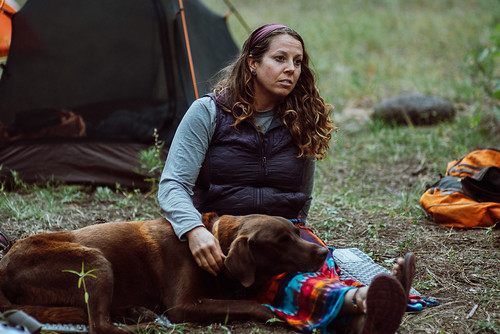Weather you are a first time dog owner or well seasoned pro, One of the best ways to have a satisfying relation ship with your pet, is to maintain control and to keep them safe! Its not only, satisfying, It is your responsibility! Walking, playing, social gatherings, the number 1 way is to have, not only a proper harness, but a well fitted harness.
So, how do you choose the best harness? Have you bought one before? Do you the different materials available? Do you know what the most important measuring points are? Are you confused yet? LOL.. You are in the correct place, We are here to help you through this, because it is important to us here at TumbleHut, that you are informed and have choices in helping your furry friend feel safe and comfortable at the same time.
Great news for all of us, There basically 3 simple steps in getting it measured correctly.
- A tape measure
- Your dog’s weight
- A pen and paper
Here is a short, easy to watch video of what to look for in a harness
Still Not Enough? We have found this great article over at https://www.dogowner.co.uk/best-dog-harness-reviews-uk/ Head over to check it out and let me know what you think!
Photo By HYLA 2009


